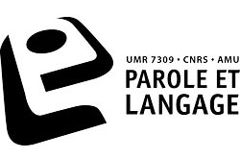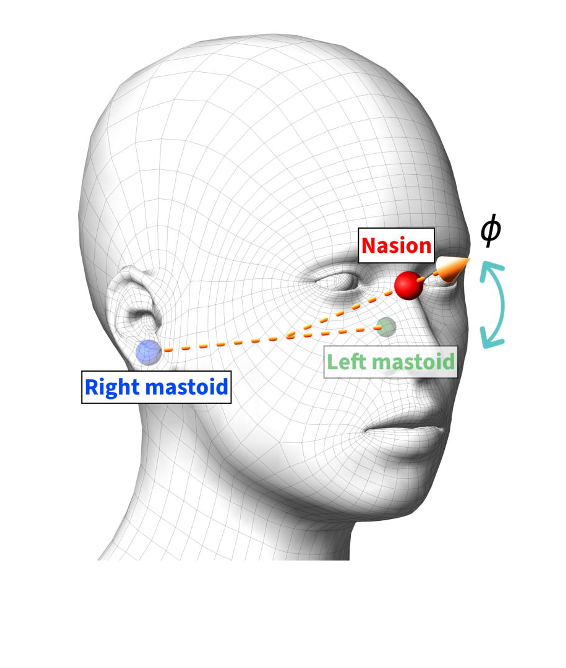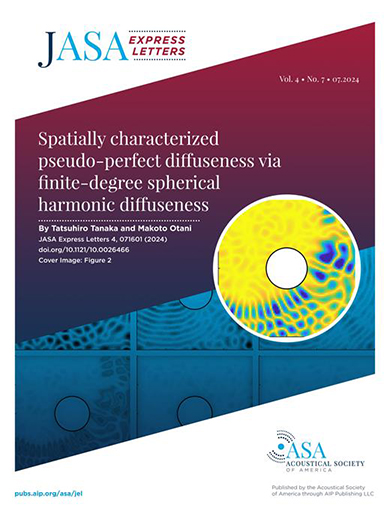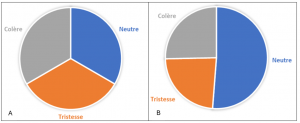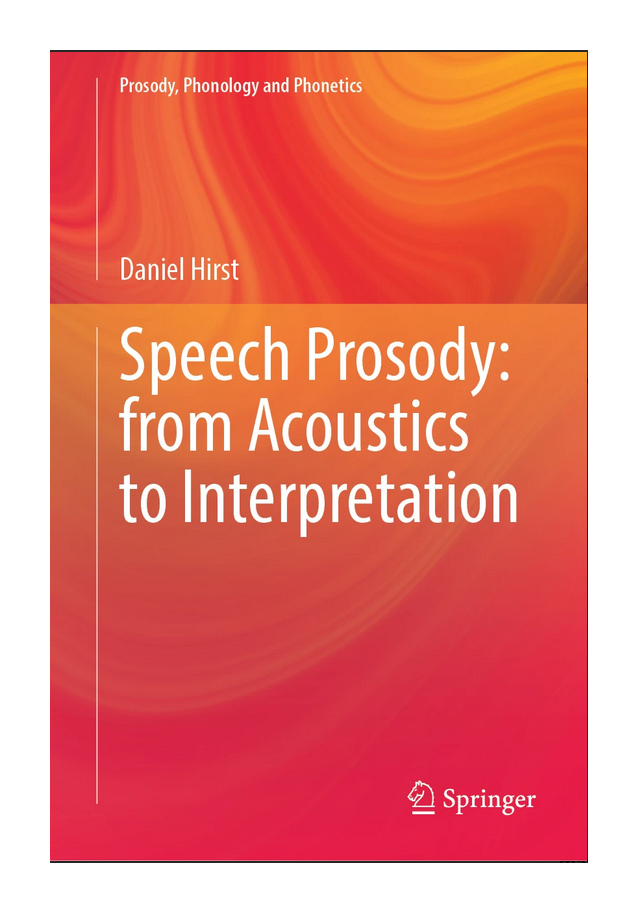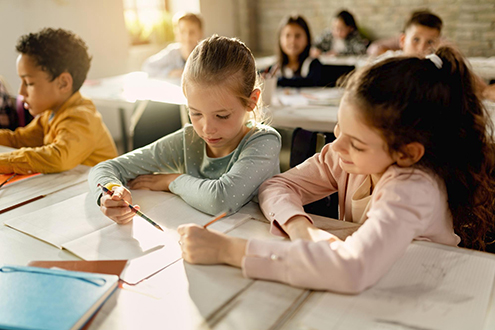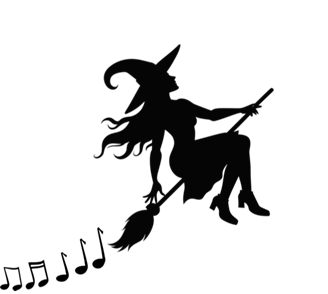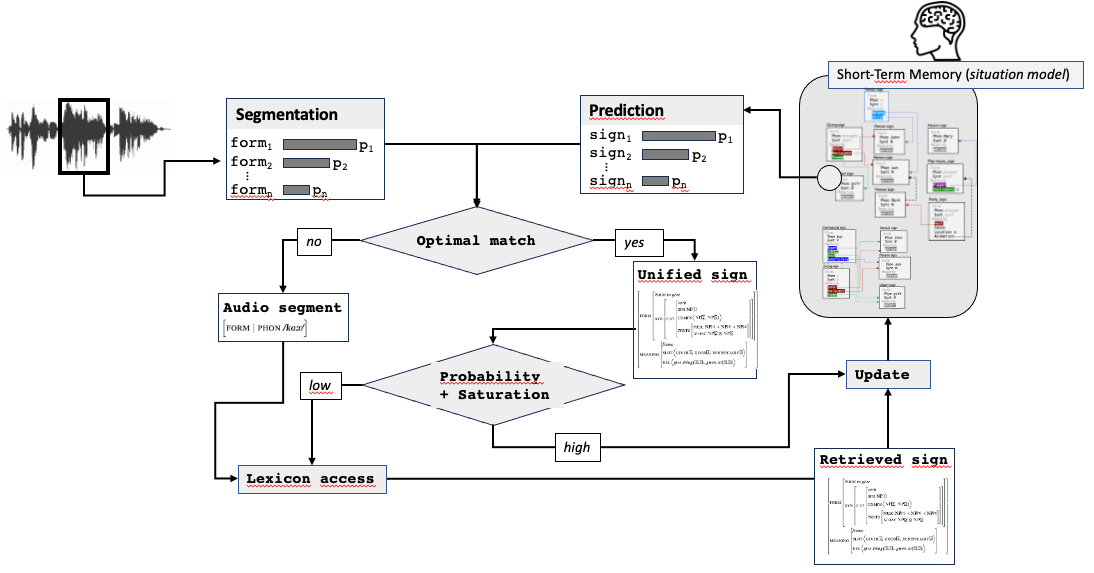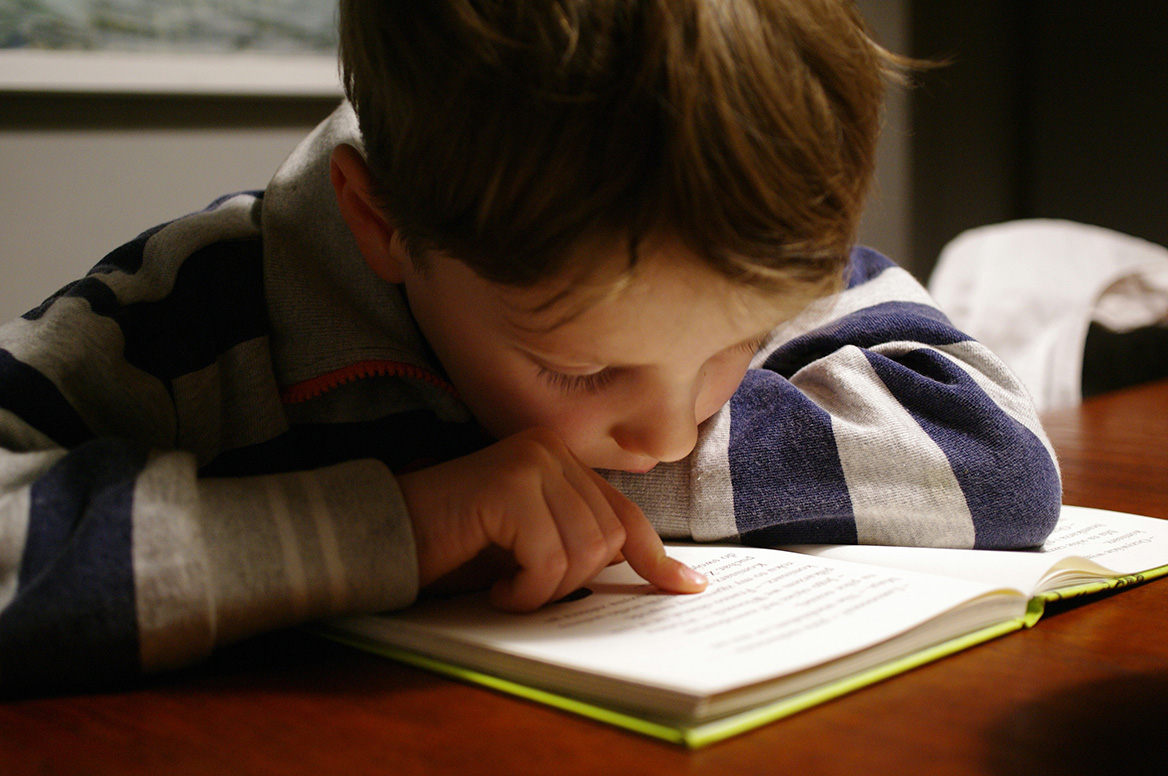In its scientific news section, CNRS SHS highlights the latest article published by our colleague Clément François, in collaboration with Antoni Rodriguez-Fornells, Xim Cerda-Company, Thaïs Agut and Laura Bosch, in one of the most prestigious journals on development:
Reference :
François C., Rodriguez-Fornells A., Cerda-Company X., Agut T., Bosch L. 2024, Impact of late to moderate preterm birth on minimal pair word-learning, Child Development.
Full text article: https://hal.science/hal-04671814
CNRS SHS press release (in French): https://www.inshs.cnrs.fr/fr/cnrsinfo/difficultes-dapprentissage-de-nouveaux-mots-chez-les-prematures-moderes-de-18-mois
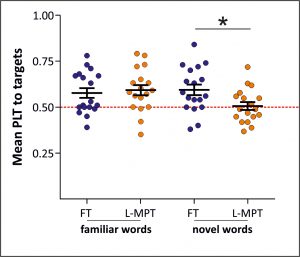
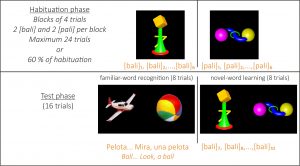
Credits: Authors
